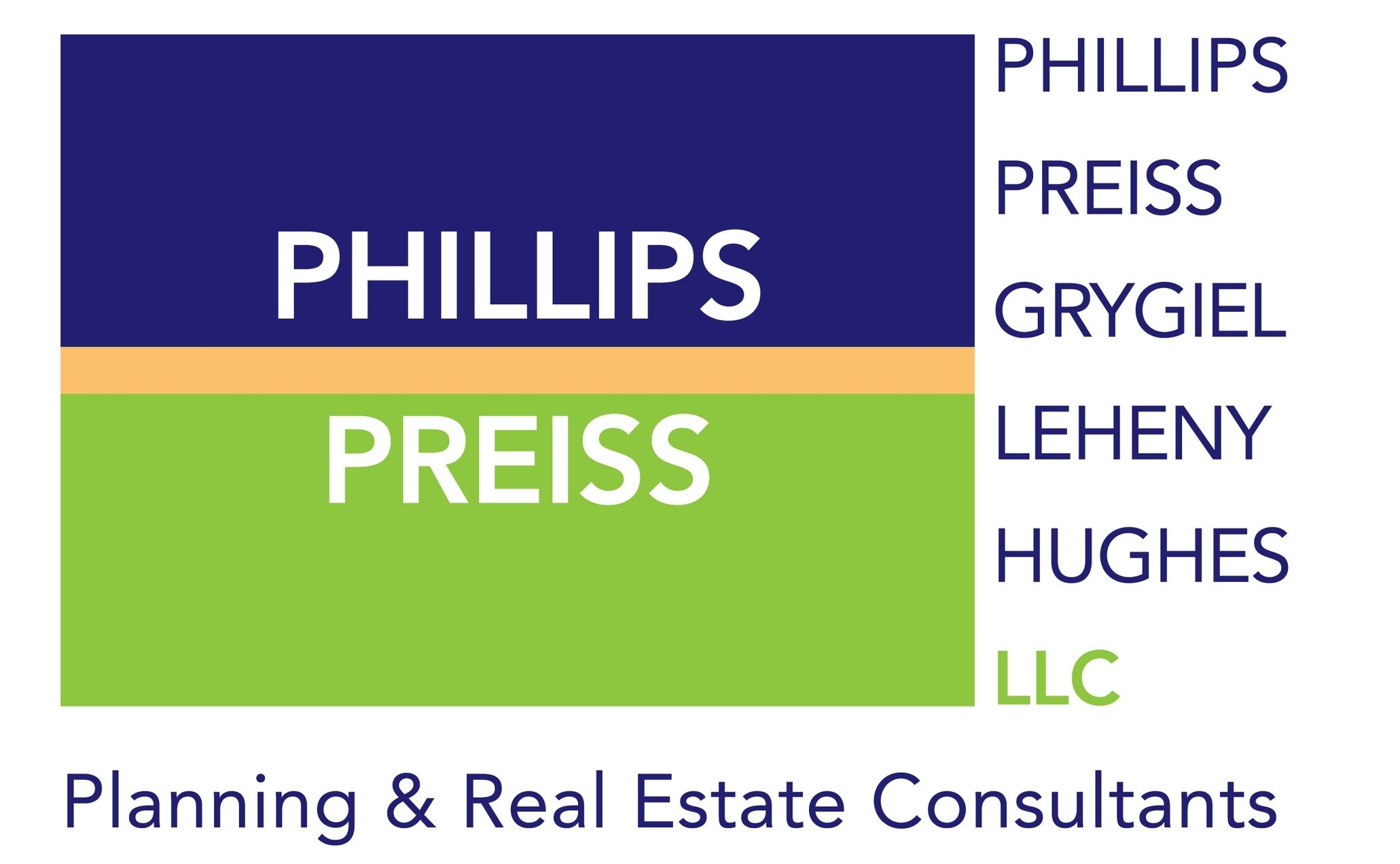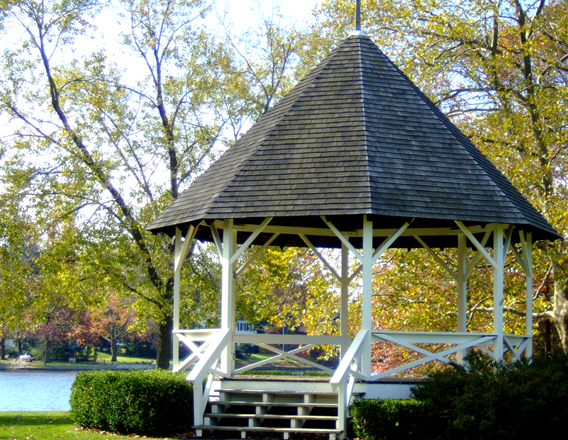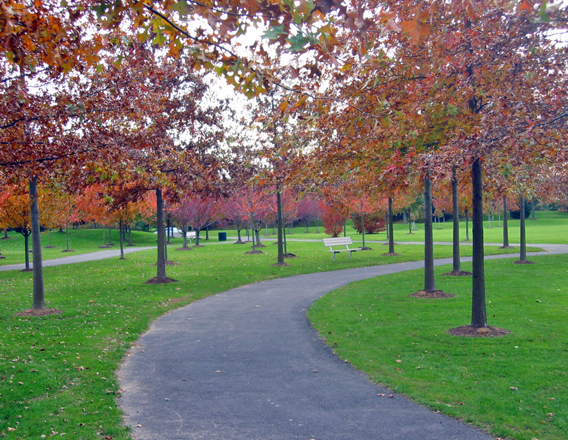Client: Township of Cranbury, New Jersey
Overview
As Township Planner, Phillips Preiss worked with a subcommittee to develop a new Open Space and Recreation Plan Element of the Cranbury Township Master Plan to guide the acquisition and development of land and facilities for open space and recreation. Phillips Preiss gathered extensive public input through community workshops and stakeholder interviews and analyzed the scheduling, utilization and physical layout of each facility. The resulting plan included a set of recommendations designed to meet the open space and recreational needs of all residents of Cranbury from toddlers to the elderly.
Results
The Planning Board adopted the Plan.


























